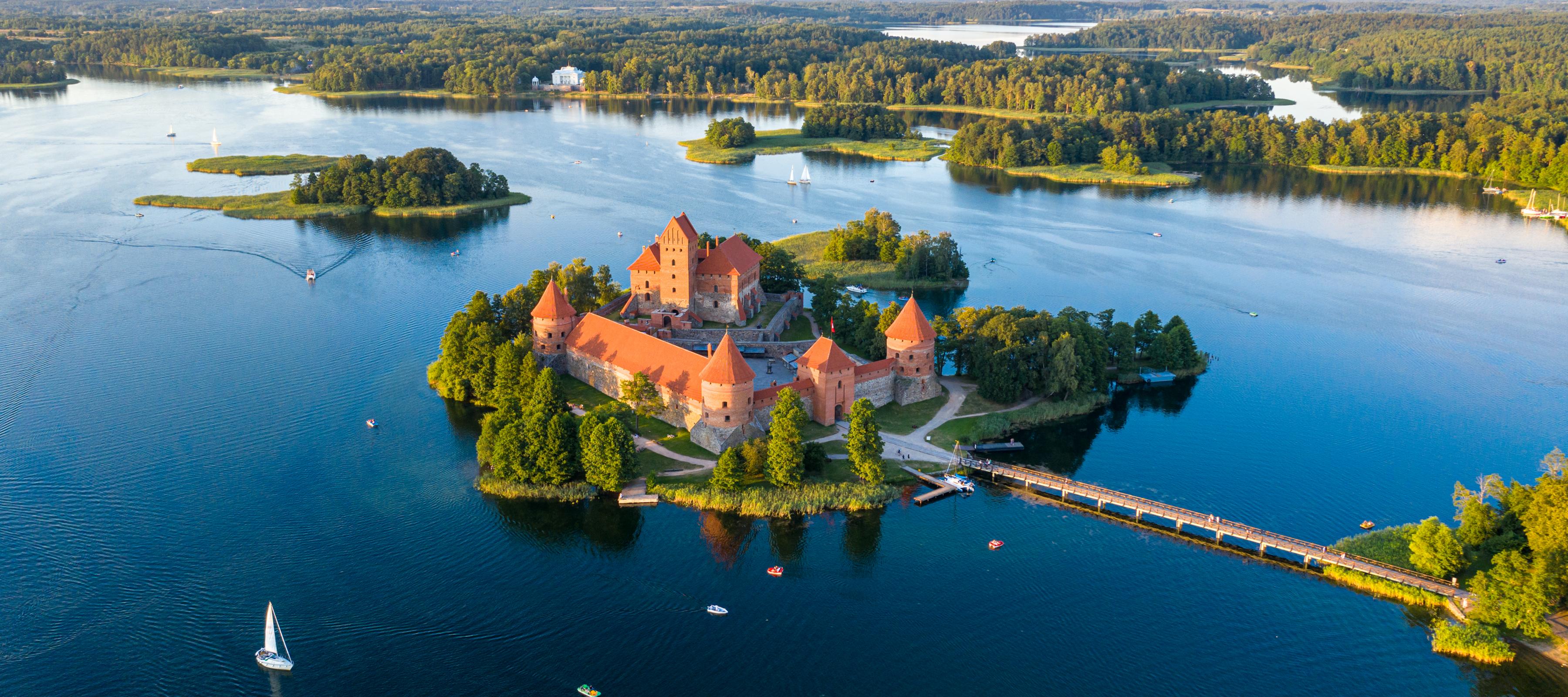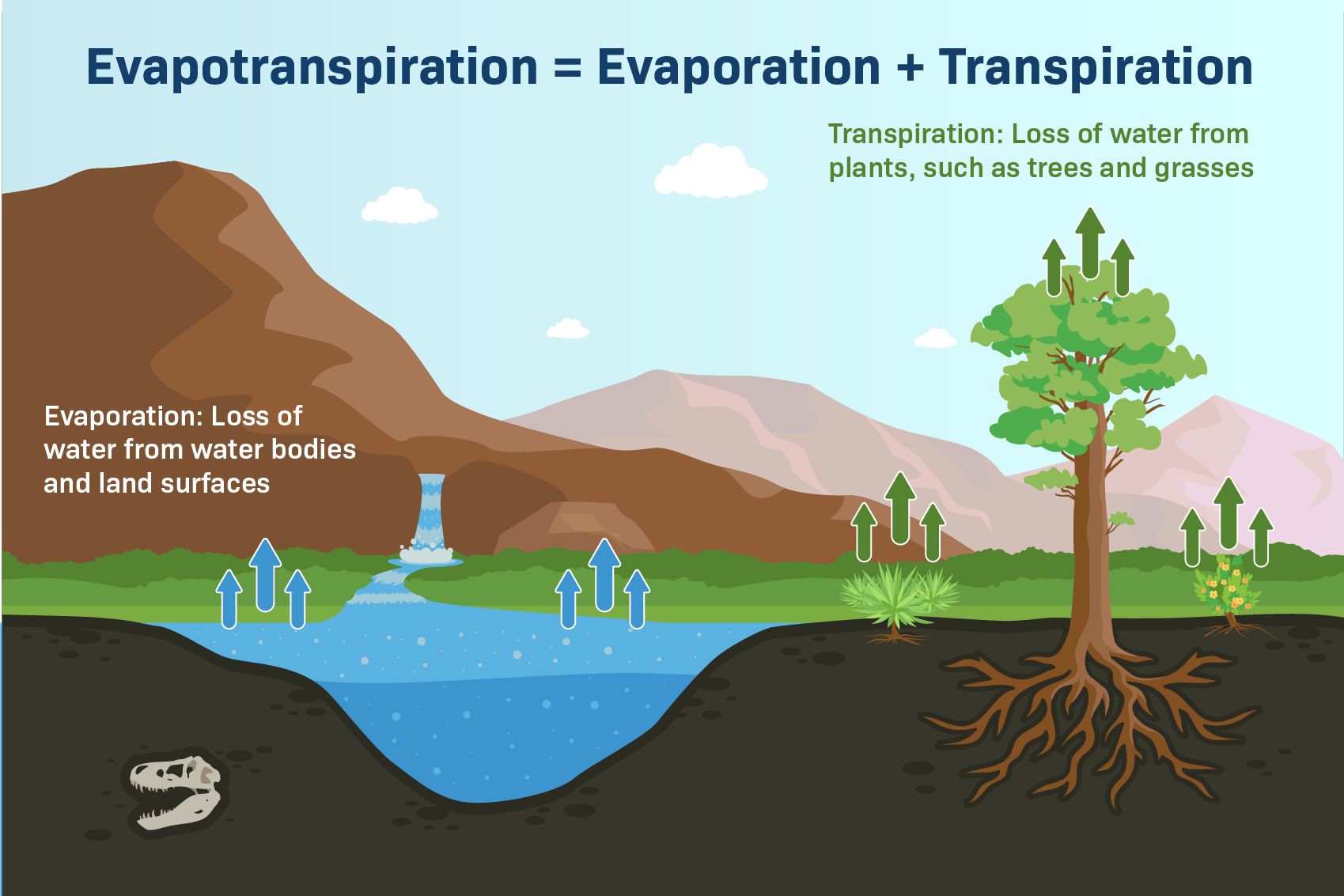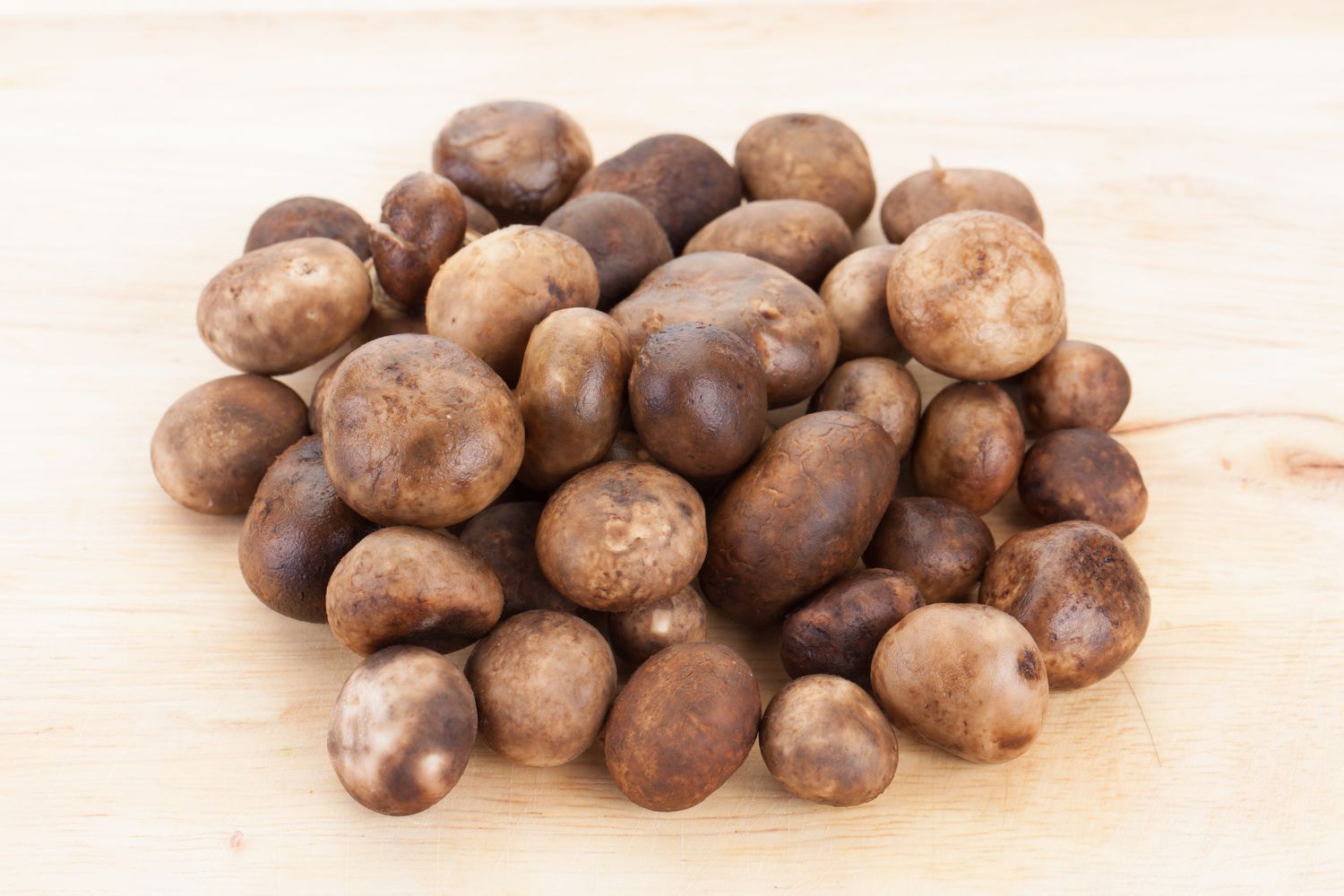
Lithuania, a Baltic country located in northeastern Europe, is a fascinating land filled with rich history, breathtaking landscapes, and a vibrant culture. As one of the three Baltic states, Lithuania boasts a unique blend of influences from its neighboring countries as well as its own distinct identity. From medieval castles to charming old towns and picturesque countryside, Lithuania offers a myriad of experiences to captivate visitors.
In this article, we will delve into 37 fascinating facts about Lithuania that will give you a deeper understanding of this enchanting country. From its exquisite UNESCO World Heritage sites to its love for basketball, we will explore the diverse facets of Lithuania’s history, traditions, and achievements. So, fasten your seatbelts and embark on a virtual journey through the land of Lithuania!
Key Takeaways:
- Lithuania, a small country in Northern Europe, is rich in history, culture, and natural beauty. From stunning architecture to a deep love for basketball, Lithuania has a lot to offer for those who are curious about the world.
- Lithuania’s unique traditions, such as egg decorating, amber mining, and folk dances, showcase the country’s vibrant cultural heritage. With a strong emphasis on education and a growing tech scene, Lithuania is a country of both tradition and innovation.
Lithuania is one of the Baltic States.
Lithuania is located in Northern Europe and shares its borders with Latvia, Belarus, Poland, and Russia.
Vilnius is the capital and largest city of Lithuania.
Vilnius is known for its stunning architecture, including the iconic Vilnius Old Town, a UNESCO World Heritage Site.
Lithuania is known for its rich cultural heritage.
The country has a long and proud history, with influences from various civilizations such as the Baltic tribes, Vikings, and Polish-Lithuanian Commonwealth.
Lithuanian is the official language.
Lithuanian is one of the oldest living languages in the world and has preserved many archaic features.
Lithuania has beautiful natural landscapes.
From the Curonian Spit, a UNESCO World Heritage Site, to the stunning Trakai Island Castle, there is no shortage of natural wonders in Lithuania.
The Hill of Crosses is a significant pilgrimage site.
This unique hill is adorned with thousands of crosses and is a symbol of Lithuania’s strong Catholic heritage.
Lithuania has a deep love for basketball.
Basketball is the most popular sport in the country, and Lithuanians have had great success in international competitions.
Lithuania has a high literacy rate.
The country places a strong emphasis on education, and the literacy rate is over 99%.
Lithuania has a diverse cuisine.
Traditional Lithuanian dishes include cepelinai (potato dumplings), kugelis (potato pudding), and saltibarsciai (cold beet soup).
Lithuania is the homeland of the famous composer Mikalojus Konstantinas ?iurlionis.
?iurlionis was known for his innovative musical compositions and expressive paintings.
Lithuania is home to the only national museum dedicated to the history of genocide.
The Museum of Occupations and Freedom Fights in Vilnius tells the story of Lithuania’s struggles under Soviet and Nazi occupations.
Lithuania is known for its amber.
The Baltic Sea coastline has a rich abundance of amber, and Lithuania is famous for its amber jewelry and crafts.
The Lithuanian language is considered one of the most archaic living Indo-European languages.
It has retained many features that have been lost in other Indo-European languages over time.
Lithuania has a well-developed sauna culture.
Saunas, known as “pirtis” in Lithuanian, are an important part of the country’s heritage and are widely enjoyed for their health benefits.
Lithuania is a member of the European Union and NATO.
The country joined the European Union in 2004 and NATO in 2002, solidifying its place on the international stage.
Lithuanians celebrate their independence day on February 16th.
This day marks the anniversary of Lithuania’s declaration of independence in 1918.
Lithuania has a rich folklore tradition.
Traditional folk songs, known as dainos, are an integral part of Lithuanian culture and have been recognized by UNESCO as a masterpiece of the oral and intangible heritage of humanity.
Lithuania has a high literacy rate in the world.
Education is highly valued in Lithuania, and the country ranks among the top performers in international education assessments.
Lithuania is known for its beautiful castles.
Trakai Island Castle, Gediminas’ Tower, and Vilnius Castle Complex are just a few examples of Lithuania’s impressive medieval fortifications.
Lithuania has a strong tradition of folk art.
From woodcarvings to woven textiles, Lithuanian folk art showcases the creativity and craftsmanship of the people.
Lithuania is home to one of the largest medieval old towns in Europe.
Vilnius Old Town is a UNESCO World Heritage Site and is renowned for its well-preserved historic architecture.
Lithuania has a unique pagan heritage.
Before the spread of Christianity, Lithuania practiced a polytheistic religion known as Romuva, which is still followed by some today.
Lithuania is a land of lakes.
The country is home to over 3,000 lakes, offering abundant opportunities for water recreation and relaxation.
Lithuania has a rich tradition of folk dances.
Traditional Lithuanian dances, such as the sutartin?s and the polka, showcase the country’s vibrant cultural heritage.
Lithuania is known for its impressive astronomical clock.
The Astronomical Clock in Vilnius is one of the oldest and most accurate clocks in the world.
Lithuania has a unique tradition of egg decorating.
Easter egg decorating is a cherished craft in Lithuania, and intricately designed eggs are exchanged as gifts during the holiday.
Lithuania has a rich tradition of amber mining.
Amber mines can be found along the Baltic coastline, and the precious gemstone has been a part of Lithuanian culture for centuries.
Lithuania is home to a unique national park.
Curonian Spit National Park is a UNESCO World Heritage Site and features sand dunes, forests, and stunning coastline.
Lithuania has a strong tradition of handicrafts.
Traditional crafts such as linen weaving, woodcarving, and ceramics are highly valued and cherished in Lithuanian culture.
Lithuania is known for its peaceful and picturesque countryside.
Rolling hills, serene lakes, and charming villages make the Lithuanian countryside a popular destination for nature lovers.
Lithuania is home to the largest collection of amber in the world.
The Palanga Amber Museum houses over 30,000 unique pieces of amber, showcasing the country’s rich natural resource.
Lithuania is a tech-savvy country.
The country has a rapidly growing startup scene and is known for its advancements in technology and innovation.
Lithuania is the birthplace of basketball player Arvydas Sabonis.
Sabonis is considered one of the greatest basketball players of all time and had a successful career in both Lithuania and the NBA.
Lithuania has a strong tradition of folk medicine.
Herbal remedies and traditional healing practices have been passed down through generations in Lithuania.
Lithuania has a unique tradition of honey-harvesting.
Beekeeping and honey production are highly respected crafts in Lithuania, and honey festivals are held to celebrate this tradition.
Lithuania has a rich tradition of amber jewelry.
Amber jewelry has been crafted in Lithuania for centuries and is highly sought after for its natural beauty and cultural significance.
Lithuania has a growing music festival scene.
From the massive Kaziukas Fair in Vilnius to the unique Pazaislis Music Festival, there are plenty of opportunities to enjoy live music in Lithuania.
Conclusion
In conclusion, Lithuania is a fascinating country with a rich history, vibrant culture, and breathtaking landscapes. From its stunning UNESCO World Heritage sites to its delicious cuisine and warm hospitality, there are plenty of reasons to visit this Baltic gem. Whether you’re exploring the charming streets of Vilnius, relaxing by the pristine beaches of Palanga, or immersing yourself in the enchanting forests of Aukštaitija National Park, Lithuania offers a diverse range of experiences for every traveler. With its well-preserved medieval castles, picturesque lakes, and thriving arts scene, this hidden treasure in Eastern Europe is definitely worth exploring.
FAQs
1. What is the capital city of Lithuania?
The capital city of Lithuania is Vilnius.
2. What is the official language of Lithuania?
The official language of Lithuania is Lithuanian.
3. What is Lithuania famous for?
Lithuania is famous for its beautiful landscapes, rich cultural heritage, amber jewelry, and basketball.
4. Can I use Euros in Lithuania?
Yes, Lithuania adopted the Euro as its official currency in 2015.
5. What are some popular tourist attractions in Lithuania?
Some popular tourist attractions in Lithuania include Vilnius Old Town, Trakai Castle, Curonian Spit, and Hill of Crosses.
6. Is Lithuania a safe country to visit?
Yes, Lithuania is generally considered a safe country to visit. However, as with any travel destination, it is recommended to exercise caution and be aware of your surroundings.
7. What is the best time to visit Lithuania?
The best time to visit Lithuania is during the summer months (June to August) when the weather is pleasant and the country comes alive with festivals and outdoor activities.
8. Do I need a visa to visit Lithuania?
It depends on your nationality. Visitors from many countries are allowed to enter Lithuania for a certain period of time without a visa. It is recommended to check with the nearest Lithuanian embassy or consulate for specific visa requirements.
9. Can I drink tap water in Lithuania?
Yes, tap water in Lithuania is safe to drink.
10. What is the cuisine of Lithuania like?
Lithuanian cuisine is hearty and flavorful, with dishes like cepelinai (potato dumplings), šaltibarš?iai (cold beet soup), and kugelis (potato pudding) being popular traditional dishes.
Was this page helpful?
Our commitment to delivering trustworthy and engaging content is at the heart of what we do. Each fact on our site is contributed by real users like you, bringing a wealth of diverse insights and information. To ensure the highest standards of accuracy and reliability, our dedicated editors meticulously review each submission. This process guarantees that the facts we share are not only fascinating but also credible. Trust in our commitment to quality and authenticity as you explore and learn with us.


